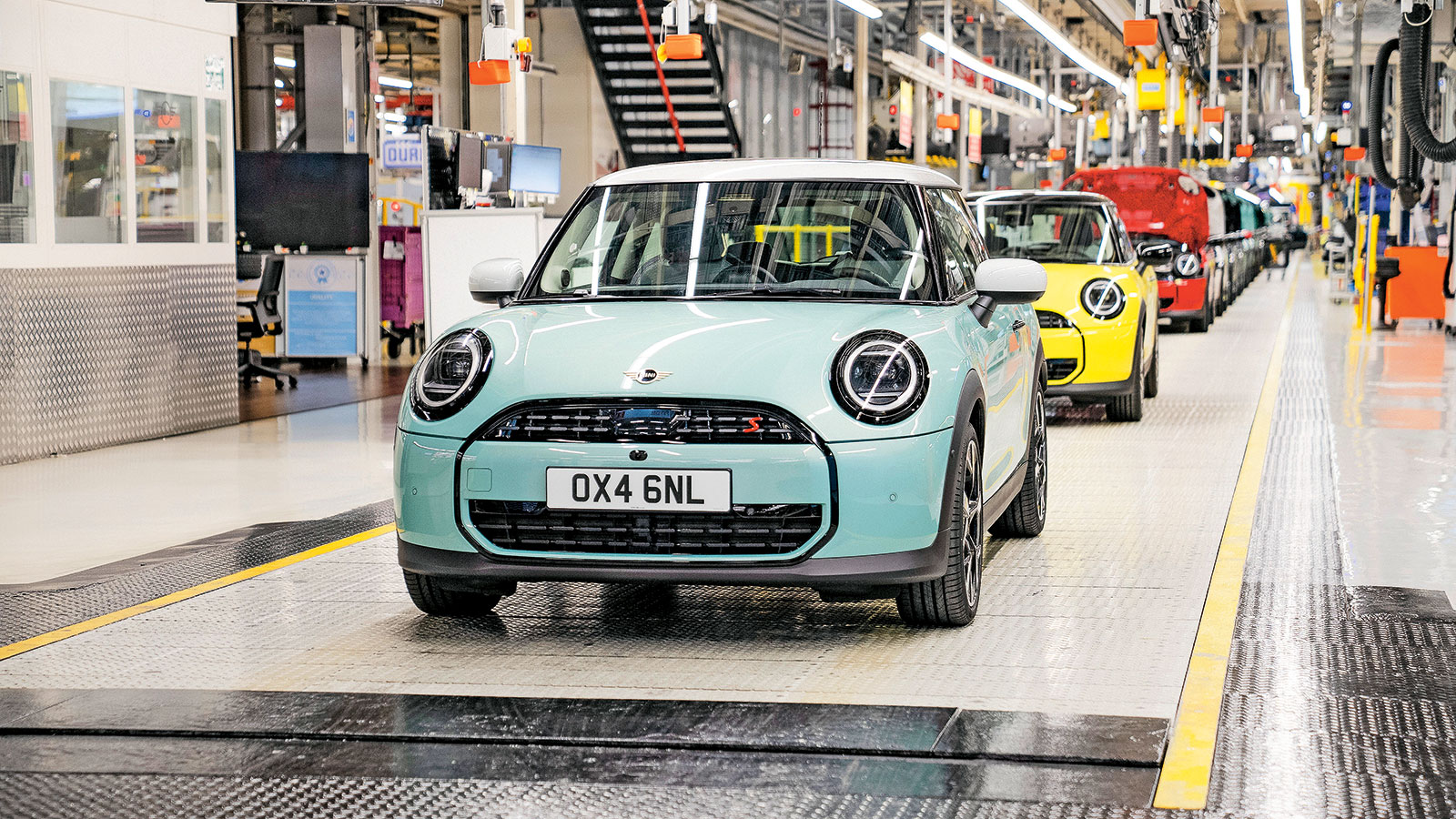It didn’t matter that demand for Britain’s illustrious luxury marques – Rolls-Royce, Aston Martin, Bentley, McLaren, Range Rover – were far less affected than the mainstreamers.
Or that the waiting lists of smaller specialists such as Morgan, Ariel and Caterham weren’t dented at all.
Naysayers heard the main message about low car demand and then difficulties with imported components, especially computer chips, and they drew their own pessimistic picture of the UK’s car-making future, just as they had done when Ford stopped making Fiestas here in 2002 and Transits a decade later. Our love of bad car news has always been palpable.
Today, that picture is wholly incorrect. Britain, missing just one Japanese maker (Honda at Swindon – they were going anyway) has been methodically rebuilding. Since the disaster of 2022, both vehicle manufacturing and total sales have accelerated.
Total car registrations are up 20% to 1.9m, which takes them within respectable distance of the 2.1m cited by many sources as the likely British level for the rest of this decade.
The days of 2.7m sales aren’t coming back, say the experts: cars (especially EVs) are more expensive now and used differently. We are, however, back to the good old days when it comes to calculating the value of the cars sold.
Among individual models, there are several standouts. The Nissan Qashqai, which is not only made in the UK but also mostly engineered and developed here, has been a titan over three generations.
Latest registration figures, for the year to the beginning of August, run to an impressive 112,000 units, 75% of which have been exported. Throw in the success of the slightly smaller Juke, also made in Sunderland, and you get a view of Nissan’s towering importance to UK automotive.
The Mini, of course, is up there, too: around 200,000 cars are produced annually in Oxford, and 80% of those are exported.

